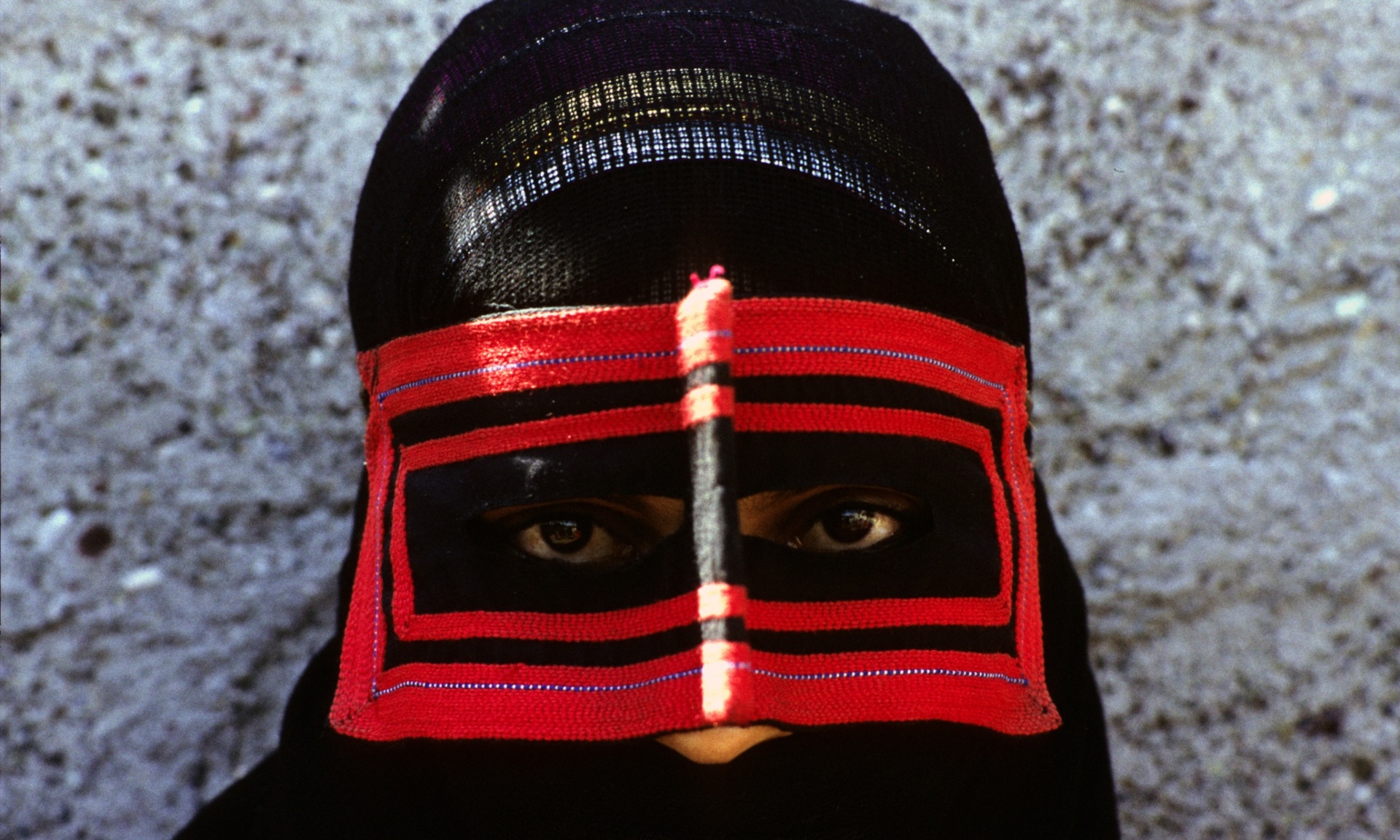 The first authoritative study into female genital mutilation in Iran has found the practice is being carried out in at least four major provinces while officials are silent on the matter.
The first authoritative study into female genital mutilation in Iran has found the practice is being carried out in at least four major provinces while officials are silent on the matter.
According to research by social anthropologist Kameel Ahmady released on Thursday, FGM is more prevalent in the southern province of Hormozgan and its nearby islands (Qeshm and Hormuz) than in any other parts of the country.
It is also being practised to a lesser degree in Kurdistan, Kermanshah and West Azerbaijan provinces, which are situated in western Iran close to the Iraq border.
Ahmady’s research shows that FGM is mainly an issue concerning the Shafi’i sect of Sunni Muslim Iranians, a minority in the Shia-dominated country. Only a small fraction of the Shia population living in proximity of Sunni communities practise FGM.
“FGM is practised in Iran in some cases to tame girls’ sex drive before marriage; it is made to preserve their chastity,” said Ahmady. “The attitude of officials and authorities is that FGM doesn’t exist in Iran. The Iranian public is also largely ignorant about the subject.”
Ahmady first decided to focus on FGM in Iran when he was working with relief NGOs in Africa in early 2000s. Over the course of 10 years he has spoken to around 3,000 Iranian women who have experienced FGM in Iran, as well as 1,000 men. His research was published to coincide with the International Day of Innocent Children Victims of Aggression, observed every year on 4 June.
“I returned to Iran in 2005 to study FGM in my home country and instantly I was shocked to discover that it even happened to the closest members of my own family and relatives,” he said. “In fact, many in Iran don’t have a clue that [FGM] is being practised in some parts of the country.”
FGM, which has affected millions of girls and women alive worldwide … is usually performed on girls between the ages of four and 12 and can include partial or in extreme cases total removal of external parts of female genitalia.
In Iran, the practice, referred to as Khatne or Sonat, is usually carried out outside hospital without anaesthesia or prior consent by amateur midwives. The tools used include sharp razors.
Mehrangiz Kar, a leading Iranian human rights lawyer, said it was tragic that such mutilation was carried out by women. “It’s one of those instances where the violence against women is carried out by women in unhygienic circumstances,” she told the Guardian. “In areas where FGM exists, unfortunately it’s usually the mothers who insist that their daughters should be cut.”
In at least one extreme case which had involved stitching up after cutting, Kar said an Iranian mother refused to allow her daughter to have her stitches removed before marriage. “The daughter told me that she was afraid of marriage; she feared she would have pain during sexual intercourse.”
Although Ahmady’s research is unprecedented in its depth, other people have also studied FGM in Iran, including Fatemeh Karimi and Rayehe Mozafarian, who have both published books on the subject. Mozafarian said that the Iranian authorities had let activists research FGM in Iran and had allowed those books to be published.
[The Guardian]

cons of steroids
References:
http://gitea.shundaonetwork.com/kevinatlas747